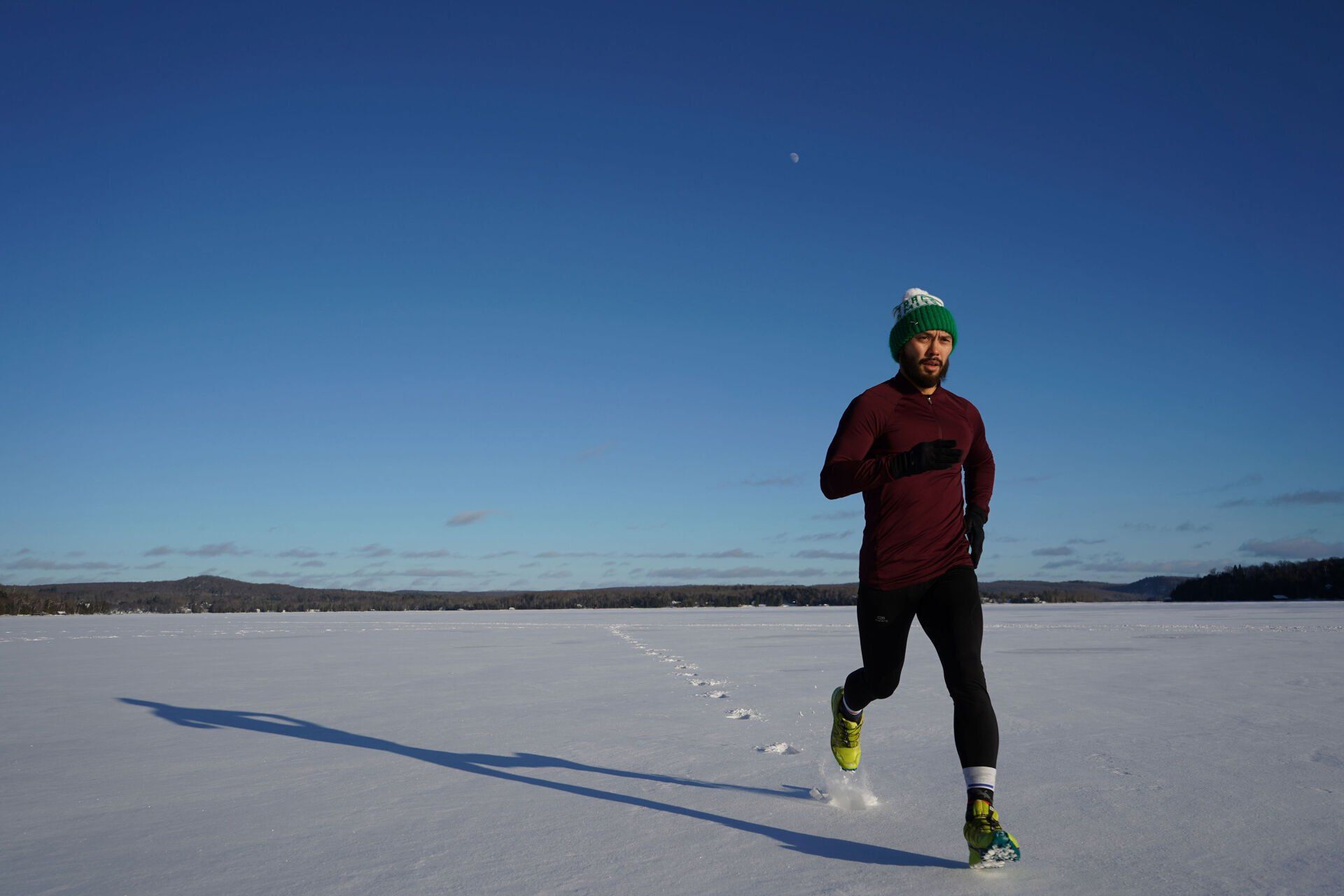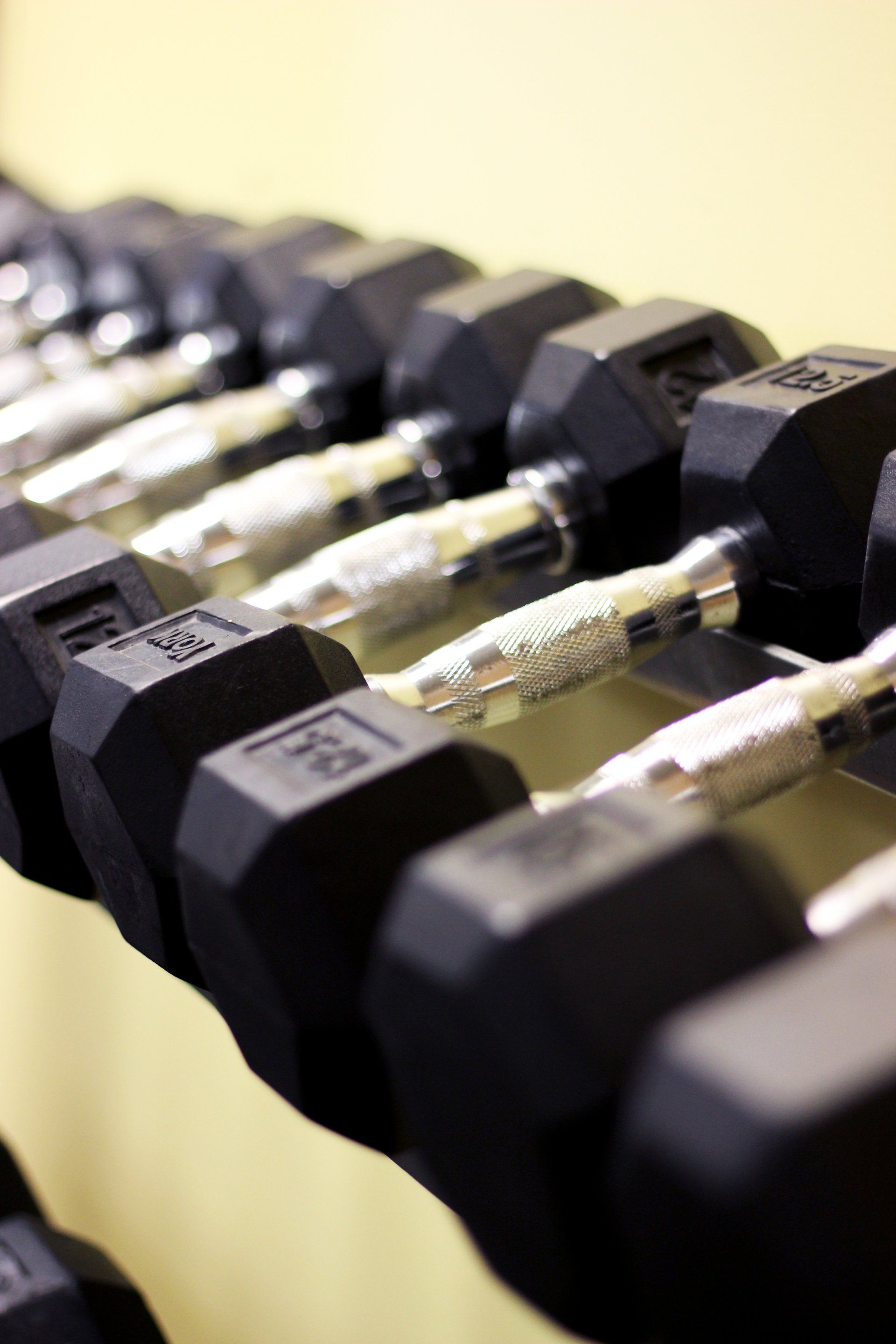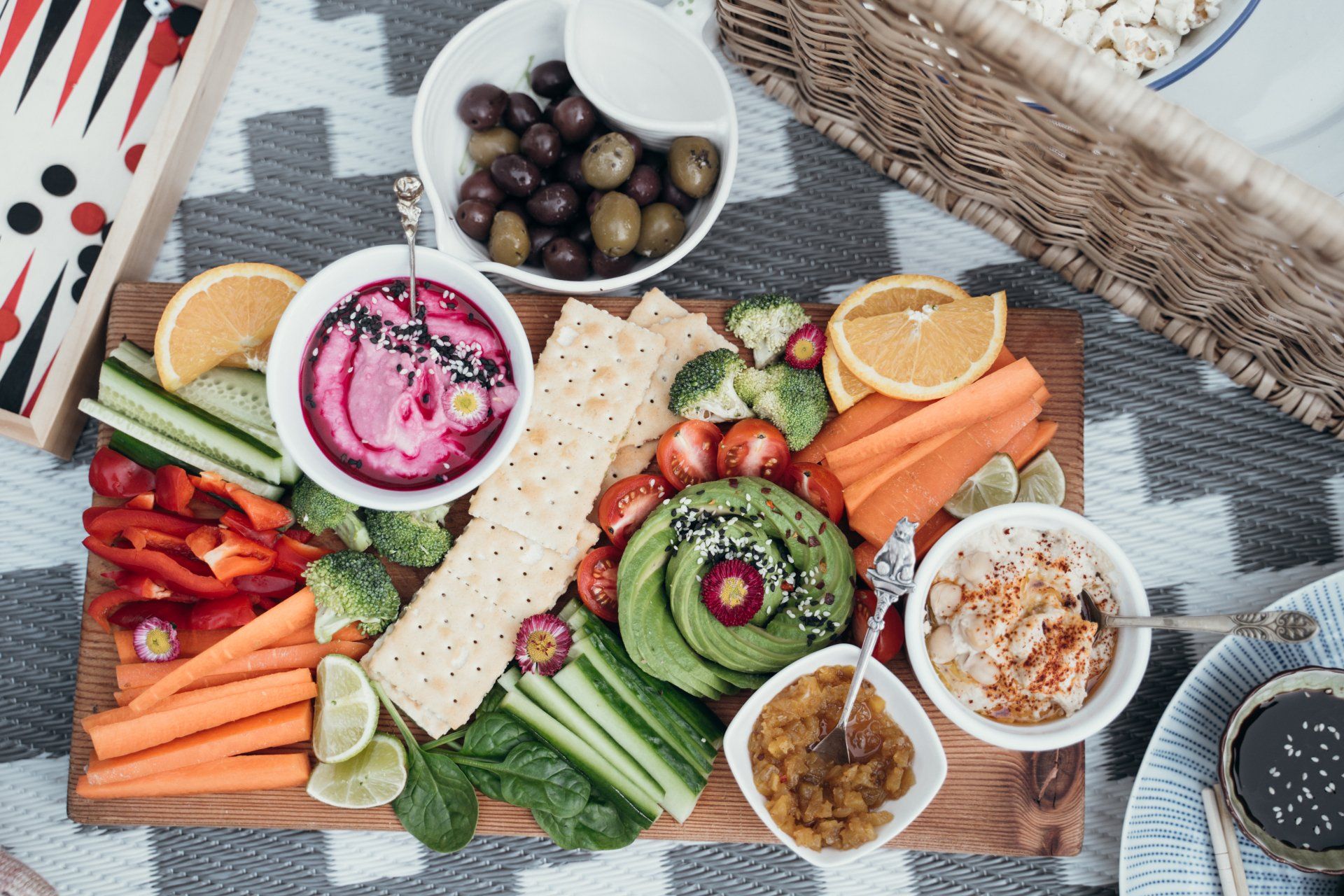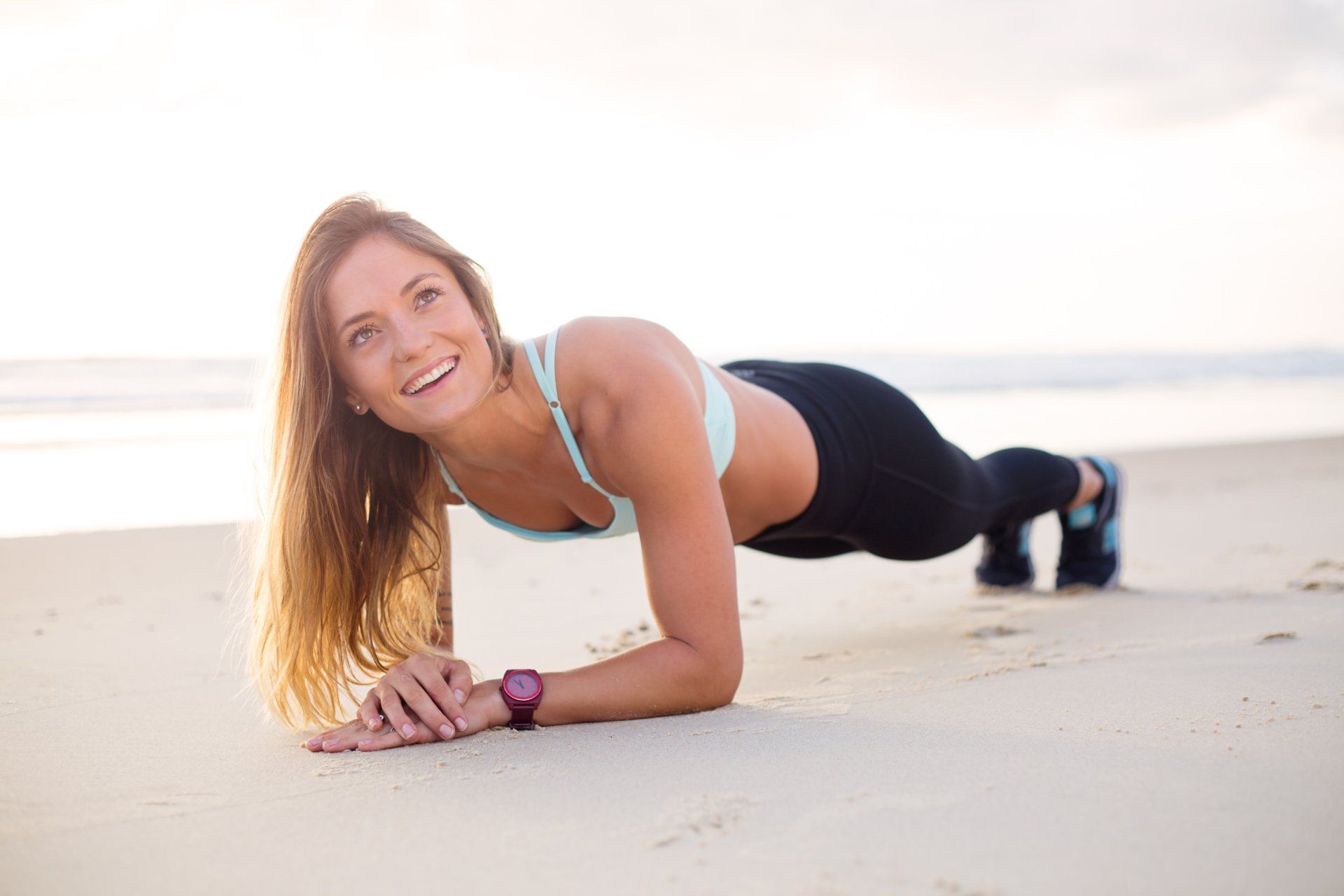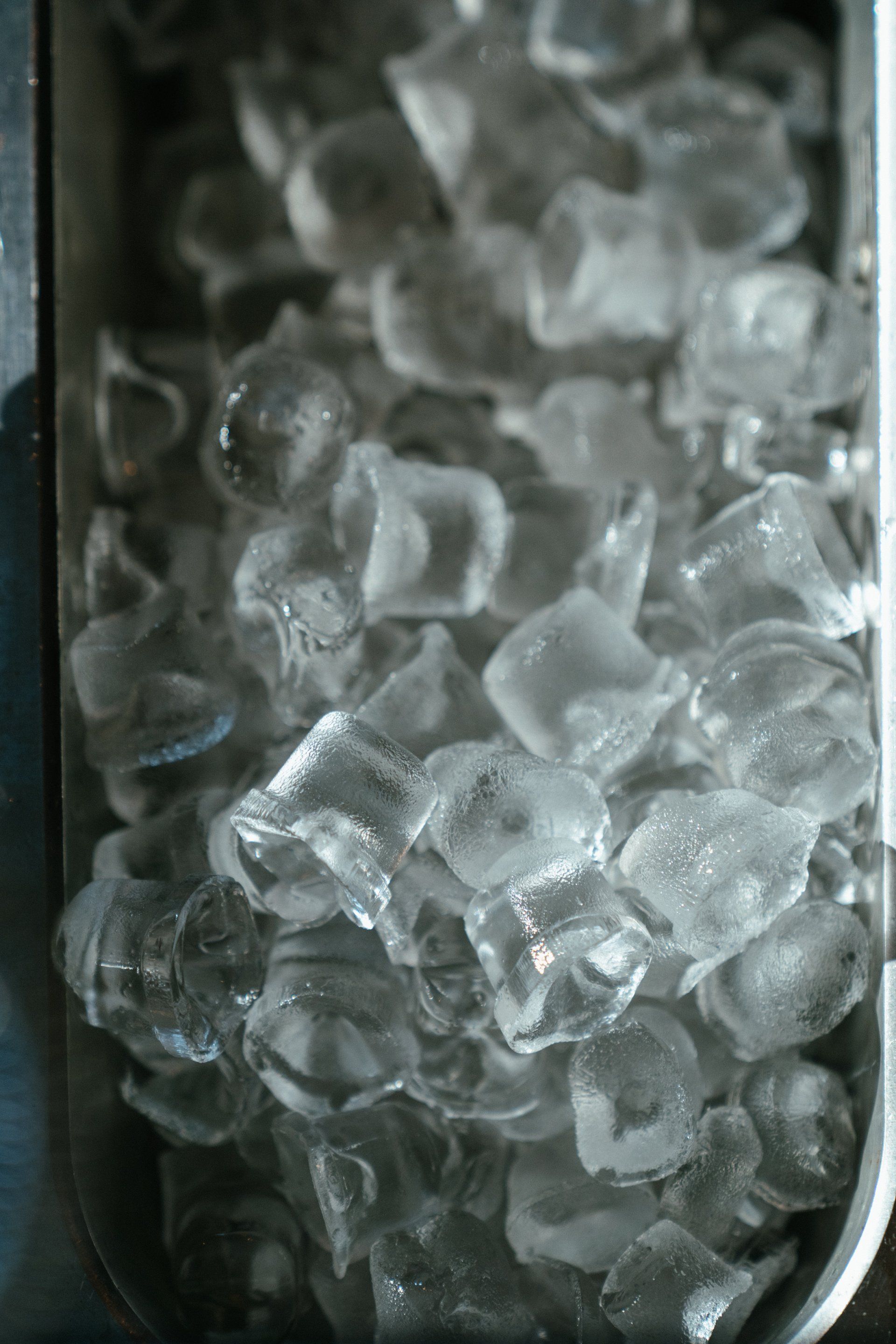Training as You Age: Adapting Your Fitness Routine for Longevity and Vitality
As avid believers in the power of fitness for overall well-being, we're here to discuss an important topic today: training as you age. It's never too late to invest in your health, and adapting your fitness routine as you get older is crucial for maintaining longevity and vitality. In this article, we'll explore how to modify your workouts, optimize nutrition, and prioritize recovery to support a healthy and active lifestyle throughout the aging process.

Understanding the Changing Needs of Your Body
As we age, our bodies undergo various physiological changes. It's important to recognize and address these changes in order to develop an effective fitness routine. The two main areas to focus on are:
- Strength Training:
Loss of muscle mass and bone density are common age-related issues. Incorporating regular strength training into your fitness routine becomes even more crucial as you get older. By engaging in resistance exercises, such as weightlifting or bodyweight exercises, you can maintain muscle mass, improve bone health, and enhance functional strength. - Flexibility and Mobility:
Joint stiffness and decreased flexibility are common issues as we age. Incorporating exercises that focus on improving flexibility and mobility, such as yoga or stretching routines, can help maintain joint health, prevent injuries, and support overall mobility.
Tailoring Your Workouts for Longevity
When adapting your fitness routine for longevity, it's essential to prioritize the following factors:
- Cardiovascular Exercise:
Engaging in regular cardiovascular activities, such as walking, swimming, or cycling, promotes heart health and helps manage weight. Aim for at least 150 minutes of moderate-intensity cardio exercise per week, or 75 minutes of vigorous-intensity exercise, as recommended by the American Heart Association (source: [1]). - High-Intensity Interval Training (HIIT):
HIIT workouts involve alternating periods of intense exercise with short recovery periods. These workouts are time-efficient and can provide numerous benefits, including improved cardiovascular health, enhanced metabolic function, and increased fat burning (source: [2]). However, it's important to consult with a personal trainer or healthcare professional to ensure safe and appropriate HIIT exercises based on your fitness level and any pre-existing health conditions. - Low-Impact Activities:
As we age, it's crucial to reduce the risk of joint injuries. Engaging in low-impact activities, such as swimming, cycling, or using elliptical machines, can help protect your joints while still providing an effective workout.
Optimizing Nutrition for Vitality
In addition to exercise, proper nutrition plays a vital role in maintaining vitality and supporting overall health as you age. Consider the following tips:
- Balanced Diet:
Ensure your diet includes a variety of whole foods, including lean proteins, colorful fruits and vegetables, whole grains, and healthy fats. This provides essential nutrients to support energy levels, muscle health, and overall well-being. - Adequate Protein Intake:
Protein becomes increasingly important as we age, as it supports muscle repair, maintenance, and overall strength. Include protein-rich foods in each meal, such as lean meats, fish, legumes, and dairy products. - Hydration:
Stay hydrated throughout the day to support joint health, digestion, and overall bodily functions. Aim for at least 8 cups (64 ounces) of water per day, or more depending on your activity level.
Prioritizing Recovery and Self-Care
As we age, recovery becomes increasingly important to prevent injuries and promote overall well-being. Incorporate the following practices into your routine:
- Rest Days:
Allow your body time to recover and repair itself. Listen to your body's signals and incorporate rest days into your weekly schedule. - Sleep Quality:
Prioritize quality sleep to support your body's recovery processes. Aim for 7-9 hours of uninterrupted sleep each night. - Stress Management:
Chronic stress can have detrimental effects on overall health. Engage in stress-reducing activities, such as meditation, deep breathing exercises, or hobbies you enjoy.
Age should never be a barrier to pursuing an active and healthy lifestyle. By adapting your fitness routine to meet the changing needs of your body, optimizing nutrition, and prioritizing recovery, you can promote longevity and vitality. Remember, consistency and gradual progression are key. Consult with a personal trainer, like Dave or Matt at Stony Creek Athletics, to create a tailored fitness plan that suits your individual needs and goals. Embrace the journey, stay committed, and enjoy the lifelong benefits of an active and vibrant life!
References:
- American Heart Association: Physical Activity and Cardiovascular Health. Available at: [https://www.heart.org/en/healthy-living/fitness/fitness-basics/aha-recs-for-physical-activity-in-adults]
- Mayo Clinic: High-intensity interval training (HIIT): What is it, and how does it benefit you? Available at: [https://www.mayoclinic.org/healthy-lifestyle/fitness/expert-answers/high-intensity-interval-training/faq-20058048]

